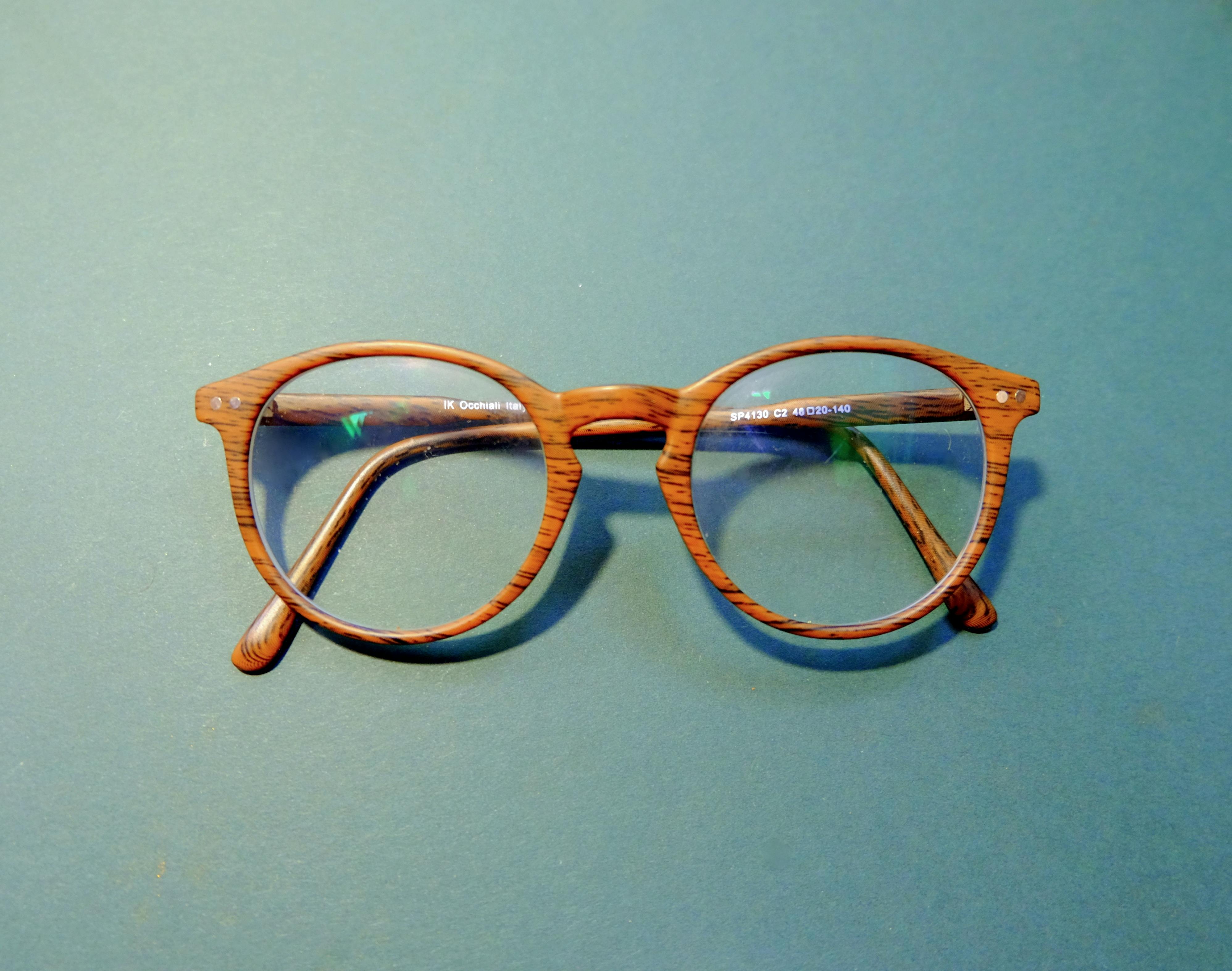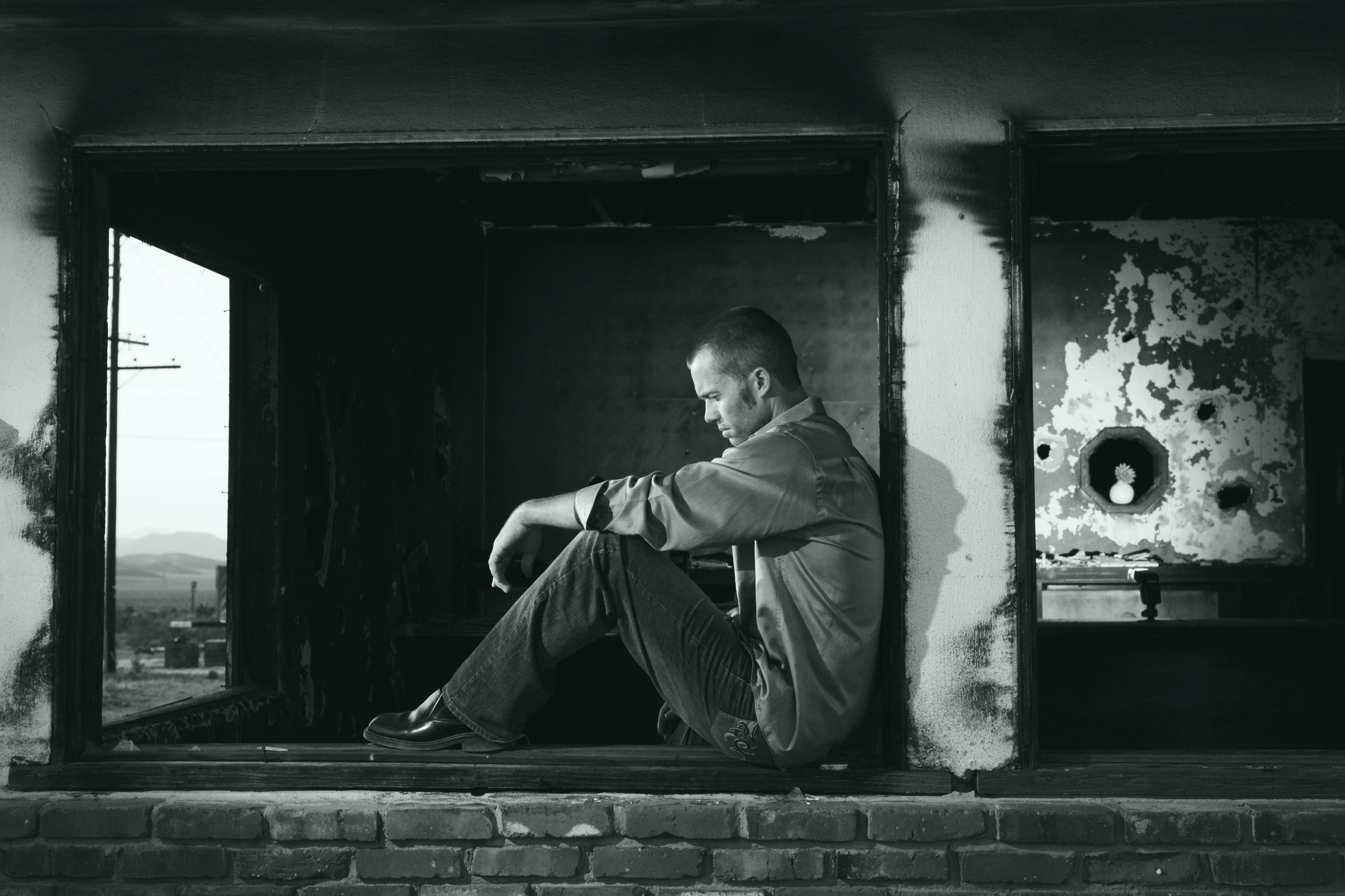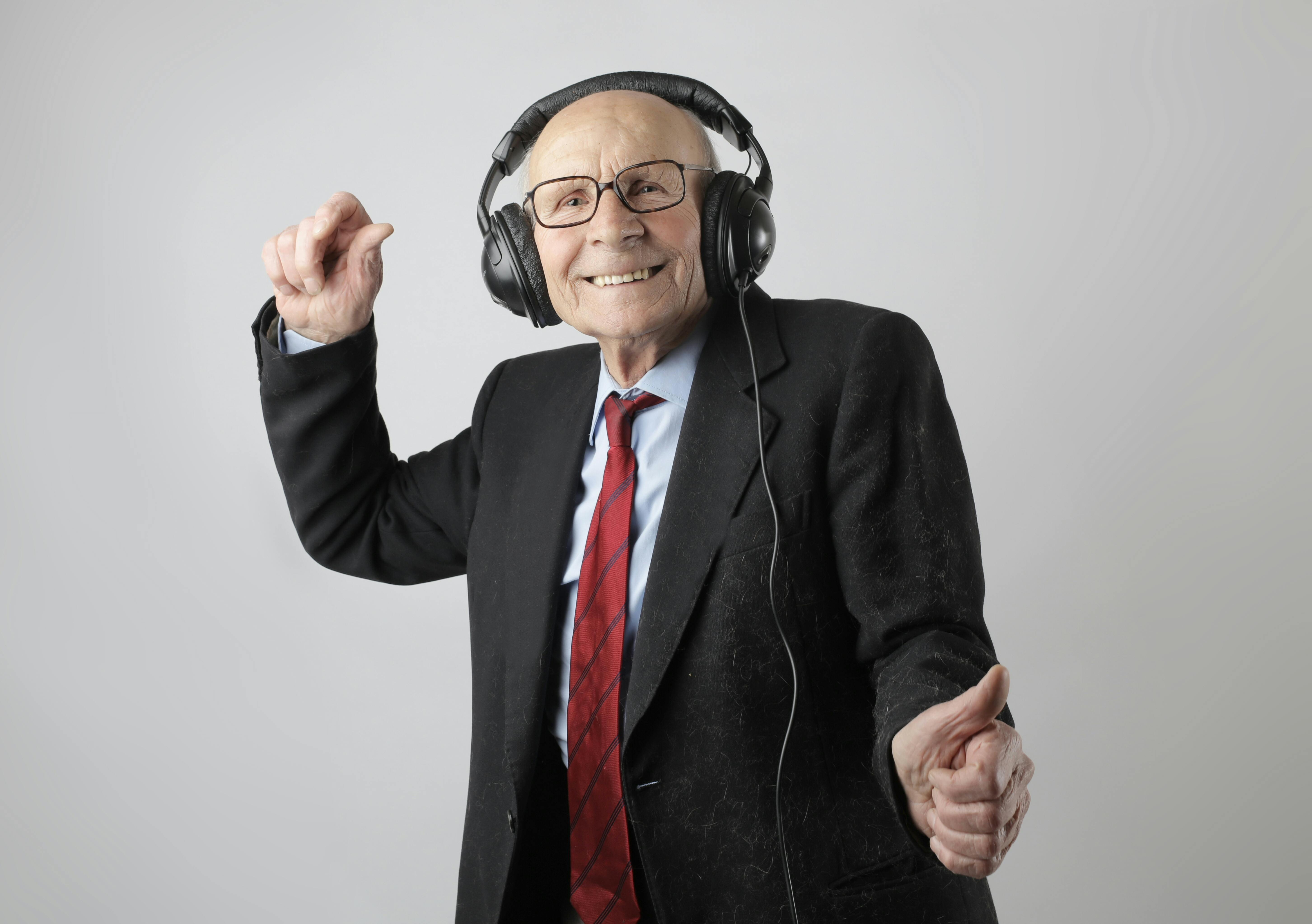Hair is one of the first parts of your body that would be severely affected by chemotherapy. But this should not be a reason for despair because once chemotherapy has successfully eliminated cancer-causing agents in your body or your treatment comes to an end, hair can grow back after a period of time.
Chemotherapy and hair loss
Chemotherapy uses powerful agents to kill growing cancer cells in your body. Unfortunately for cancer patients, chemotherapy drugs cannot distinguish between cancer cells and other growing cells, such as those responsible for keeping hair healthy and making it grow. As such, chemotherapy agents will also work to kill hair cells and this will result in hair loss.
The type of chemotherapy you are receiving, as well as the dose and frequency of treatment, can affect the nature and severity of your hair loss. You can find out exactly what to expect from your chemotherapy treatment by talking to your doctor.
Reduce the need for hair to regrow after chemotherapy
Although it is very possible that hair will grow back once you finish your chemotherapy treatment, there are things you can already do before or during your treatment to reduce the need for hair regrowth later. Prevention is still, after all, the best cure.
Scalp hypothermia
This is also known as cryotherapy. This method uses ice packs and other similar objects and devices and places them on the scalp areas. These instruments reduce the effects of chemotherapy and consequently also the possibility of hair loss. Unfortunately, scalp hypothermia is not without its faults. The process itself is uncomfortable. Second, reducing the effects of chemotherapy introduces a small risk of cancer cells recurring in the scalp area.
Minoxidil: hair regrowth after chemotherapy
This is one of two treatments approved by the US Food and Drug Administration for hair loss. It is a topical solution that you should apply directly to the affected regions of your scalp. It can be used for both men and women, although women are encouraged to use the 2% formula instead of the 5% solution. However, Minoxidil is said to be more effective for women than for men. After a specified period of time, users may experience new hair growth, usually on the upper scalp area.
Dealing with hair loss and chemotherapy
Of course, any method you’ve taken to ensure hair regrowth will only produce visible results after several months. In the meantime, you’ll still be forced to adjust to having less or no hair. This is a very difficult time, and here are some things you can do to ease the discomfort caused by the temporary loss.
Be careful with your choice of hair products.
You can’t afford to use just any type of hair product right now. Look for hair products with formulas that have been shown to be gentle and gentle. Harsh ingredients can make the problem worse.
Practice proper hair care.
Comb or brush your hair gently. Remember to hold your hair when using a comb or brush to detangle knots. If you don’t, you could end up pulling and breaking your hair. Avoid subjecting your hair to excessive and frequent use of blow dryers and cosmetic hair treatments. Avoid using nylon pillows as they can irritate the scalp.
Wear a wig.
A wig nowadays is not as uncommon as you think. Wigs can look completely natural on you, as long as you’ve chosen the right size and fit.










